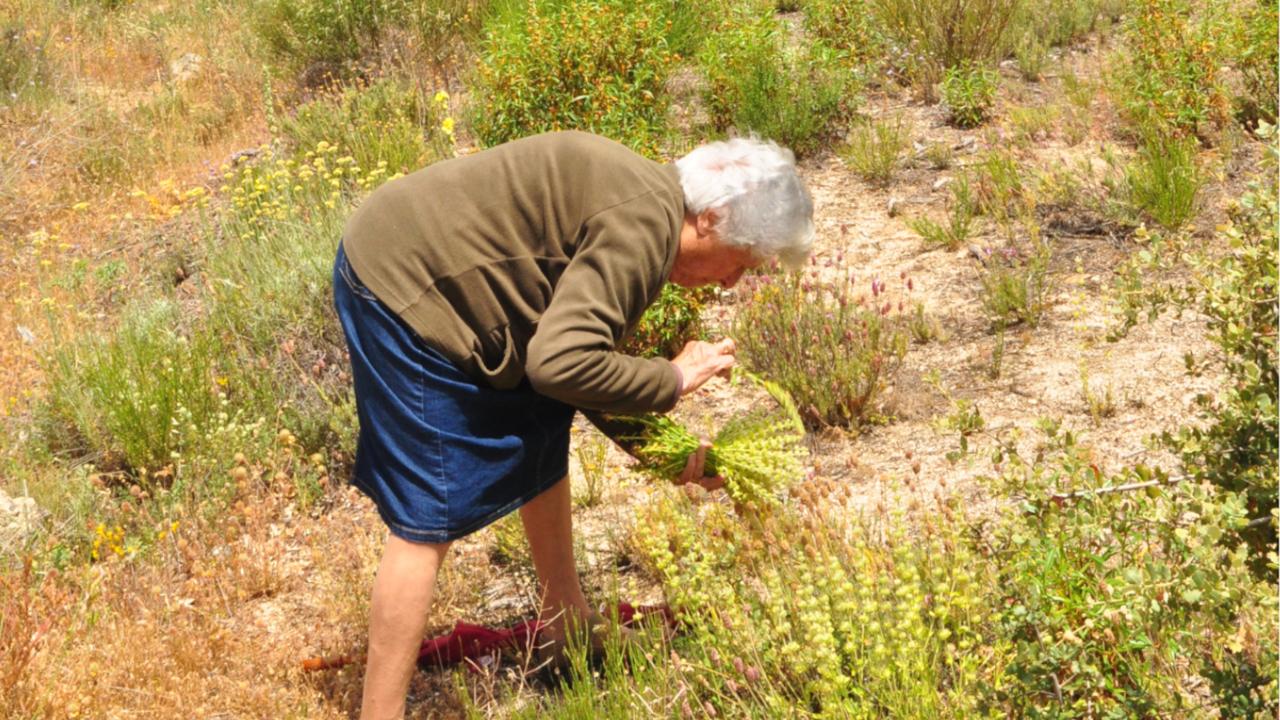Only 8% of the plants used as medicinal are threatened
A study involving ICTA-UAB identified 1,376 species of wild plants with medicinal uses, which represents 22% of all plants in Spain. Its cultural importance, availability in terms of abundance and geographical distribution were evaluated, as well as its state of conservation and legal protection in accordance with European, Spanish and regional laws.

The increase in global demand for medicinal plants has raised concerns about their abusive harvesting and the possible loss of plant species. However, the viability of large-scale collection of medicinal plants for self-consumption has been little studied. In this study, carried out by a scientific team involving ICTA-UAB researcher Victoria Reyes-García and led by the Autonomous University of Madrid, wild medicinal plants traditionally used in Spain were analyzed.
The results revealed that the traditional use of wild medicinal plants in Spain focuses on abundant species, widely distributed and, therefore, easily accessible to the population. Only 8% of the plants used are threatened and only a small number have specific legal protection that restricts their collection.
Furthermore, plants of greatest cultural importance were found to be especially available and none of them are legally protected. The results also indicate that many traditional management practices of these species have favored their sustainable use and long-term survival.
However, some threatened wild medicinal species were also identified, the collection of which is prohibited or regulated, such as Sierra Nevada chamomile ( Artemisia granatensis) and arnica ( Arnica montana ).
These species have been collected for self-consumption, but also for sale, which implies more intensive pressure. Researchers warn that in-depth studies are required to know the current impact of collection on these species, and thus better understand if it is possible to combine traditional use with their conservation.
Bibliographic reference:
Mateo-Martín, J., Benítez, G., Gras, A., Molina, M., Reyes-García, V., Tardío, J., Verde, A., Pardo-de-Santayana, M. Cultural importance , availability, and conservation status of Spanish wild medicinal plants. Implications for Sustainability , People and Nature doi: 10.1002/pan3.10511